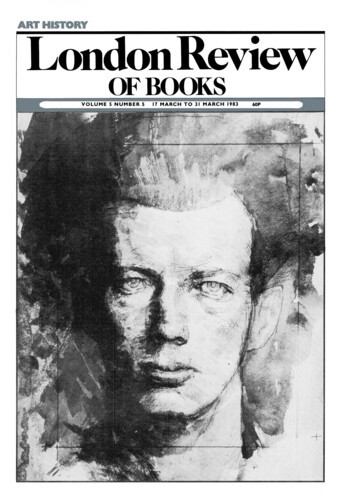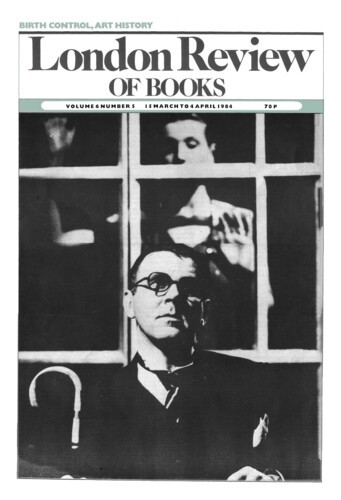Do you want the allegory?
Charles Hope, 17 March 1983
A friend of mine recently went to see Pisanello’s fresco of St George and the Princess in the Church of Sant’ Anastasia in Verona. She was soon accosted by the sacristan, who was eager to tell her the story. When he realised that she already knew it, he asked, ‘Do you want the allegory?’ and proceeded to explain that St George symbolised the Pope, the Princess was the Church, the dragon Heresy, and so on. Pisanello himself would surely have been surprised by this interpretation. After all, if he had meant to show such an allegory, he could simply have painted a Pope with the standard personifications of the Church and Heresy, rather than the familiar legend of a popular saint. It was not until the Counter-Reformation, a century later, when the historical status of St George began to be doubted, that allegorical readings of his ‘life’ were first proposed. The sacristan’s explanation, in fact, sounds like one of those fanciful elaborations which become attached to pictures over the centuries and which guides everywhere love to relate. But it also resembles the interpretations of Renaissance works of art now proposed by many scholars.



